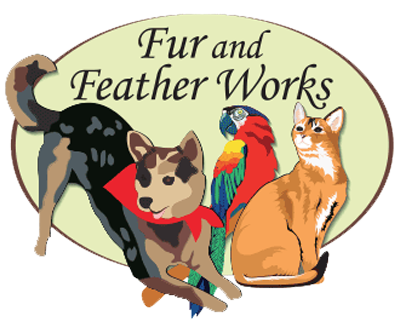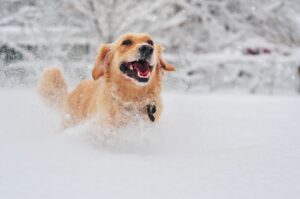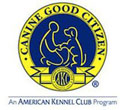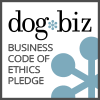Dog Training Center Cleaning and Hygiene Protocols
Our goal is to provide a safe, sanitary, and comfortable learning environment for all dogs and humans. Here are our cleaning and hygiene protocols.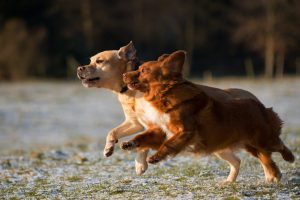
- Cleaning and disinfection of the floor, commonly touched surfaces, and “accidents” is done with veterinary-grade, parvocidal Rescue Disinfectants.
- “Accidents” are cleaned up immediately. Floors and surfaces are mopped/wiped down once a week.
- Hand sanitizer is available at each client’s seat. It is recommended to sanitize your hands before working with anyone else’s dog (for example, during puppy socialization/handling training), and before and after Puppy Play Time.
- Individual water bowls for each dog. There is no communal water bowl. The disposable paper bowls we give you will be recycled after each class.
- Toys, towels, and chews are one use only. If we loan you a chew, you’ll be invited to keep it. If we loan you a Kong, stuffed toy, or towel, it is washed in the washer and dryer (or dishwasher, for Kongs), then returned to the training center.
- Vaccine records are required to attend classes with us. Specifically, the Parvo vaccine is mandatory, and the Bordetella (aka Kennel Cough) and canine influenza vaccines are highly recommended. This means that every dog who attends class has been seen by a veterinarian and vaccinated, greatly reducing the risk for everyone in class.
We hope you feel comfortable coming to class and referring others to us! Please contact us with any questions you might have – we’re happy to answer!
